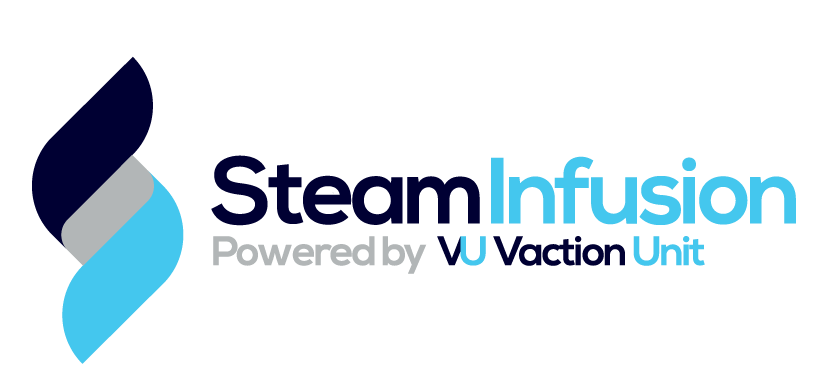How to stop the trade effluent charge becoming a drain on your business
For many manufacturers, effluent is part of day-to-day life but it can often feel like a drain on your business. The trade effluent charge is the amount you must pay to dispose of water used in an industrial facility, such as a food manufacturing factory. It’s based on the quantity and quality of water discharged from facilities; consequently it’s specific to each individual site. However, what if we told you there’s a way to not only reduce the amount you pay in trade effluent charge by up to 80% but also increase productivity while improving energy efficiency? Read on to find out how!
How is the trade effluent charge calculated?
Let’s start by taking a look at how the trade effluent charge is calculated in the UK (charges will vary depending on where your facility is based). The Mogden Formula is used by UK water companies to calculate the trade effluent charge for businesses that have used water in their processing. There are a variety of factors that are taken into consideration when calculating the cost, and the formula can cause a bit of a headache!
However, it can be easily broken down into the following components:
The volume of water discharged
The level of treatment required at the works
The chemical oxygen demand (COD) of the wastewater
The solids content in the wastewater
The pH of the water must also be considered, as in the UK authorities will only accept wastewater with a caustic pH of between 6 and 10, which can be tricky depending on the chemicals you use in your clean in place (CIP) cycles.
Put simply, the dirtier the wastewater is, the higher the number of solids that will be suspended in it, therefore the higher the trade effluent charge.
In addition, the greater the quantity of wastewater produced, the greater the charge.
How can I reduce the amount I pay in trade effluent charges?
Enjoy quick cleaning at the end of the batch with no burn-on to your vessels.
Steam Infusion reduces the amount you have to pay in trade effluent charges thanks to its ability to eliminate burn-on. The number of CIP cycles required is halved on many applications, as there is no product stuck to the vessel walls and a simple rinse is all that’s needed before the next batch. One customer in Spain can now run ten batches back-to-back with Steam Infusion before they need a full CIP, rather than having to run a CIP cycle every two batches with a steam-jacketed vessel, resulting in almost an 80% saving in the charge.
The lack of burn-on also means that a less-aggressive cleaning regime can be used in the cleaning process when you do need to run a CIP. Historically, vast quantities of strong, acidic cleaning chemicals have been required to remove the burnt product from the walls of the vessel, which can prove pricey. Not only does this increase your effluent charge due to an increased number of solids in the wastewater as burnt product become dislodged, but as UK authorities only accept wastewater with a pH of between 6 and 10, the pH of the wastewater will need to be controlled to ensure it meets the necessary regulations before it can be disposed of. By eliminating burn-on, you can save valuable time and money with reduced CIP requirements, while supporting your efforts to meet your sustainability targets.
Food manufacturers not only benefit from a reduction in the trade effluent charge they have to pay to dispose of the water, they can also reduce their water bills as they’re using less water as part of their required CIP processes.
Are there any other benefits?
Not only does Steam Infusion save money when it comes to your water bills, but it can also increase your productivity. The reduced CIP requirement combined with faster cooking can boost your yield, doubling your capacity. Money can also be saved on your energy bills, due to Steam Infusion’s innovative cooking style. The technology achieves an extremely effective thermal transfer, reducing energy usage by up to 20% in some instances (figure dependent on current operations), with further energy savings as a result of fewer CIP cycles.



